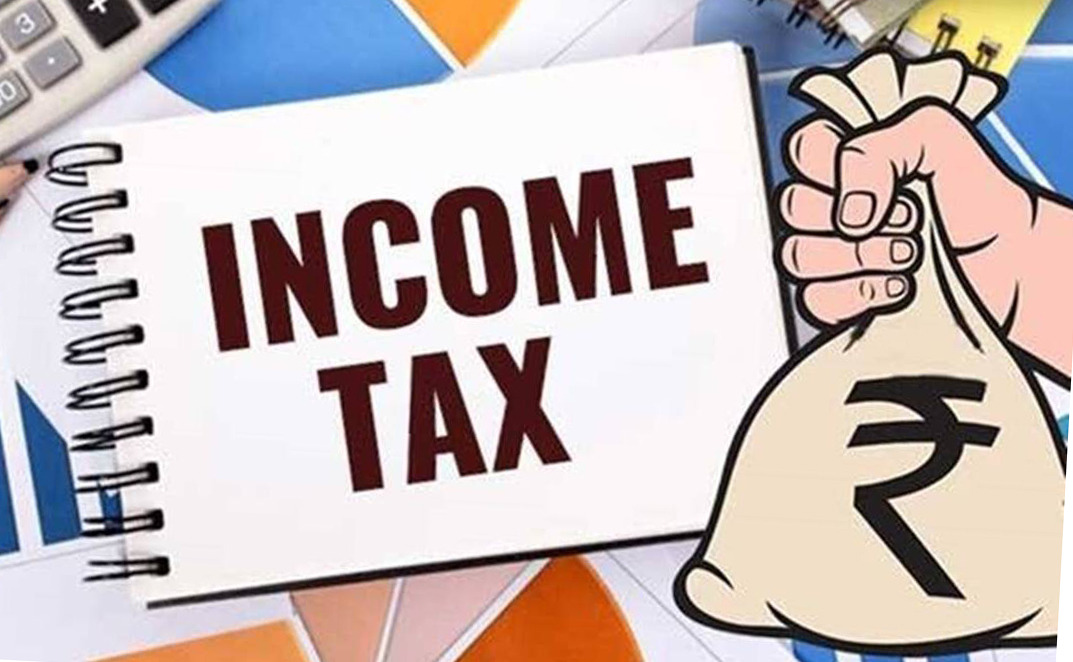How to get income tax refund

When you have paid extra taxes for a financial year, the Indian Income Tax Department will return the excess tax paid by you. This is the income tax refund. The excess taxes could be advance tax, self-assessment tax, tax deducted at source (TDS), foreign tax credit etc.
Tax refund will be made only if the amount of taxes paid by a taxpayer is more than his/her actual tax liability for that financial year. The taxpayer can claim the income tax refund under Section 237 of the Income Tax Act, 1961.
When will tax refund be applicable?
The following are some instances where tax refund can be claimed.
Most of the time, salaried individuals do not furnish investment proof to their employer. So, the company they work for might cut TDS from their salary. This will be in excess of the tax liability for the financial year if they have made tax saving investments. The taxpayer has to claim a refund for the extra taxes.
For senior citizens, excess TDS is often deducted from the interest income by banks or finance companies for fixed deposits. This is if they don’t submit Form 15H. So, they can claim tax refund from the income tax department.
If self-assessment tax is applicable to you and you have paid advance tax, when you file your taxes, it might be in excess. If the taxes paid is more than your tax liability for the financial year, you can claim a tax refund.
For Non-Resident Indians (NRI) earning income in Indian and other countries, double taxation might mean paying extra taxes. India has a Double Taxation Avoidance Agreement (DTAA) that can be used to claim a tax refund if you are a citizen working in a foreign country with which India has DTAA.
How is tax refund paid?
Tax refunds are generated on processing of income tax returns by the Centralised Processing Centre (CPC), Bangalore. The ‘Refund Banker scheme’ facilitates transmission of refunds to the State Bank of India, CMP branch (Refund Banker) for further distribution to taxpayers.
Refunds are sent in the following two modes.
- RTGS – The refund is credited directly to the bank account of the taxpayer using the taxpayer’s bank A/c and the MICR code/IFSC code of the bank branch. The correct communication address is mandatory.
- Paper Cheque – The refund cheque will be sent to the taxpayer’s address.
How to claim tax refund
Earlier, Form-30 was used to claim an income tax refund. However, now the tax refund process is simple. After the automation of refunds, taxpayers can claim refunds by simply filing the Income Tax Return (ITR). The ITR should be verified within 120 days of filing to get the refund. So, make sure your ITR is electronically verified through Aadhar number OTP, EVC generated using a bank account or physically verified by posting of the signed ITR-V (acknowledgement) to the CPC.
What to do if tax refund is not processed?
The refund is subject to verification by the Income Tax Department. Only valid claims will be paid. If your claims are valid and not paid, note that every taxpayer’s records are transferred to the jurisdictional assessing officer by CPC after processing. An intimation will be sent to you about this transfer. Once you get it, you can follow up for that tax refund by submitting a letter to the jurisdictional assessing officer.
How to check income tax refund status?
Taxpayers can view the status of tax refunds 10 days after their refund has been sent to the Refund Banker. Please note that the excess tax for you wanting a refund will reflect in Form 26AS. You can check your refund status online by visiting the income tax e-filing website. You need to provide your User ID, Password, Date of Birth / Date of Incorporation and Captcha. Then, go to My Account and click on Refund/Demand Status. You will see the refund status along with the mode of payment.
You can visit the NSDL website to get the status of ‘paid’ refunds. Visit www.tin-nsdl.com and Provide your PAN and the Assessment Year. You will get the refund status details once you hit submit.
Looking for ways to save taxes? You can look at the best performing tax saver mutual funds to save taxes under Sec.80C of the Income Tax Act. Click here to invest.

